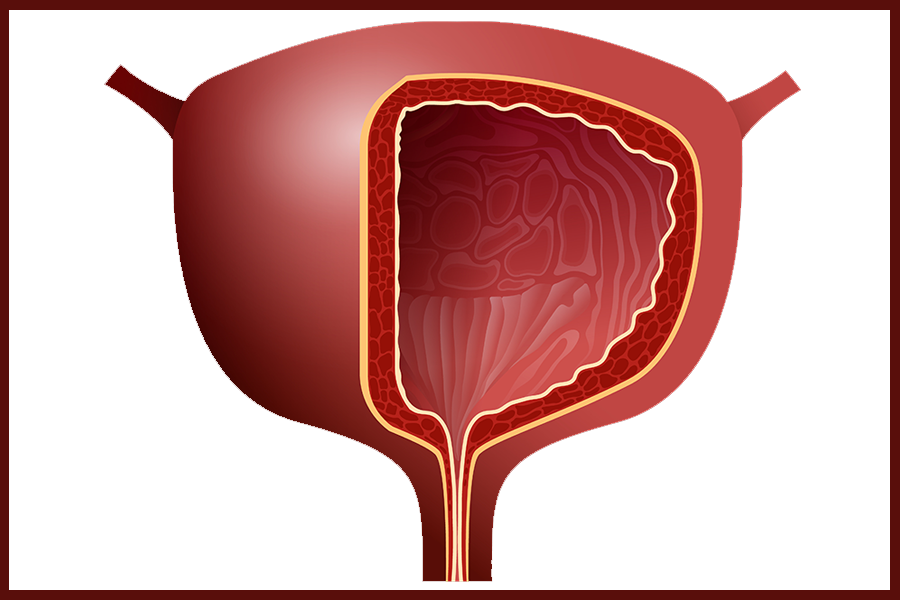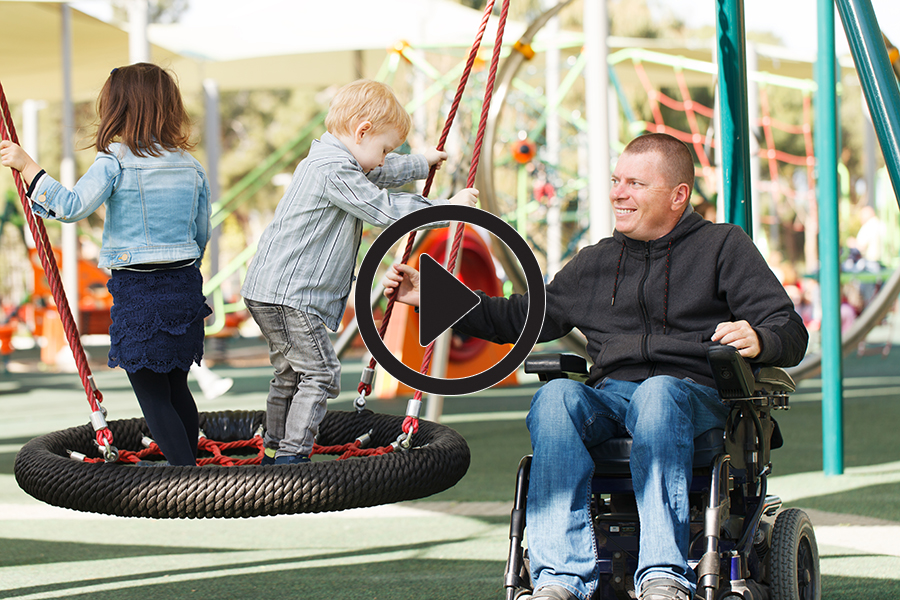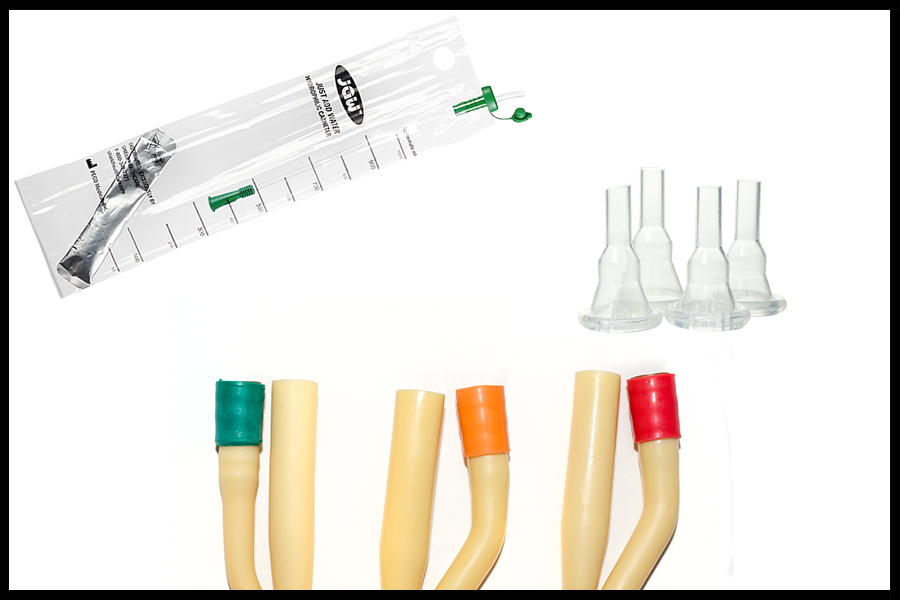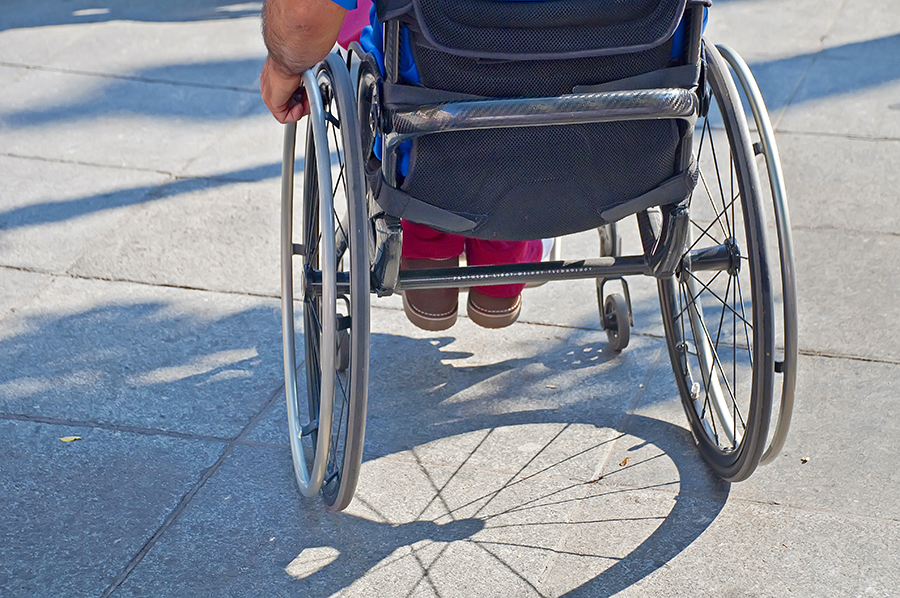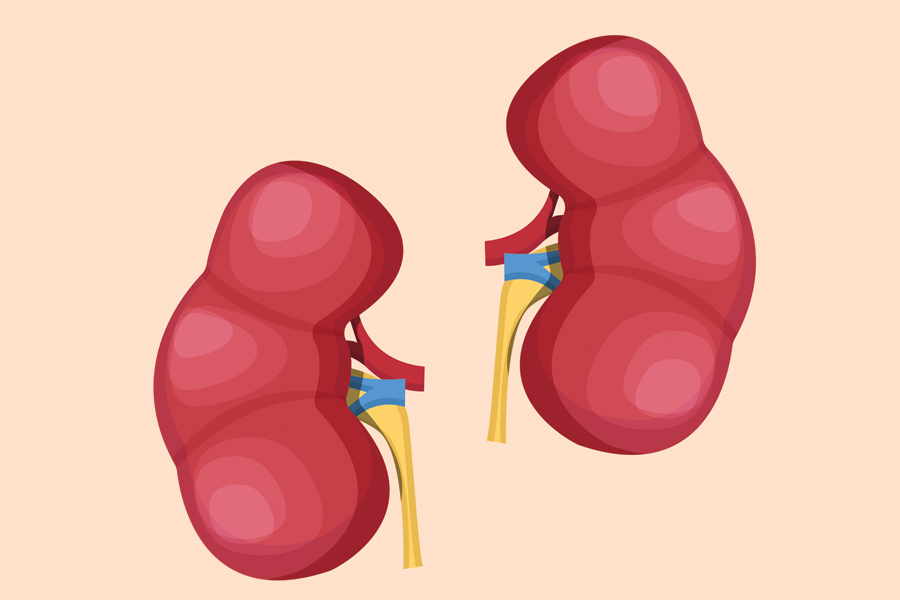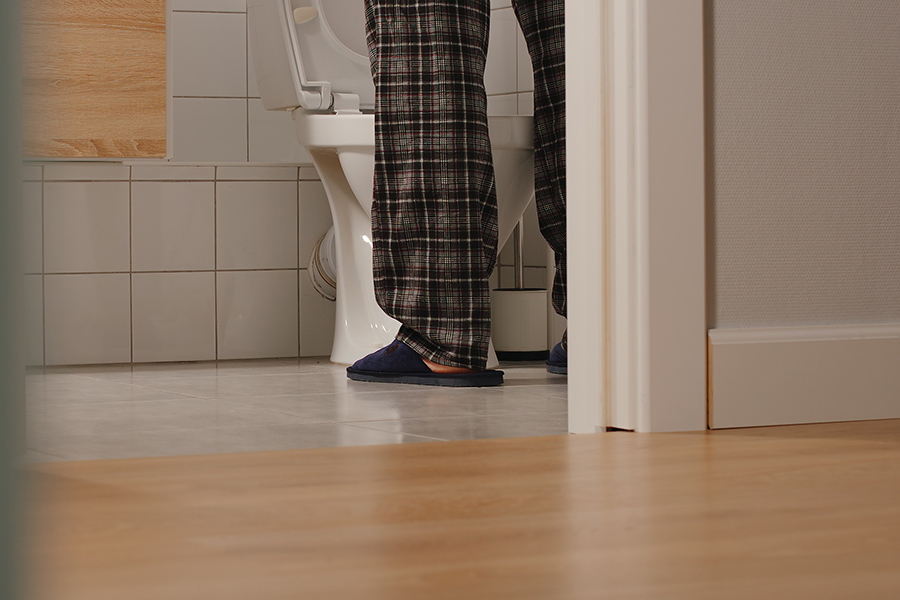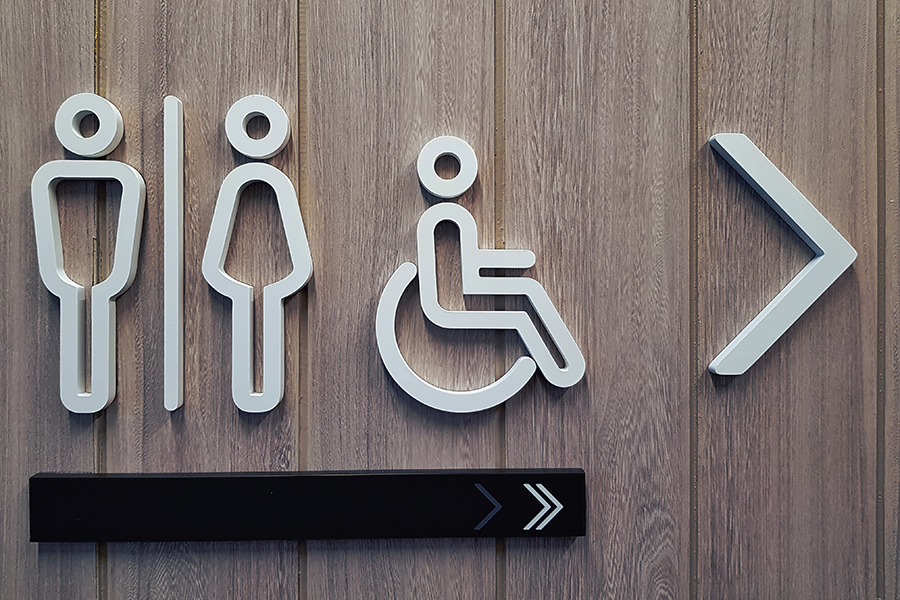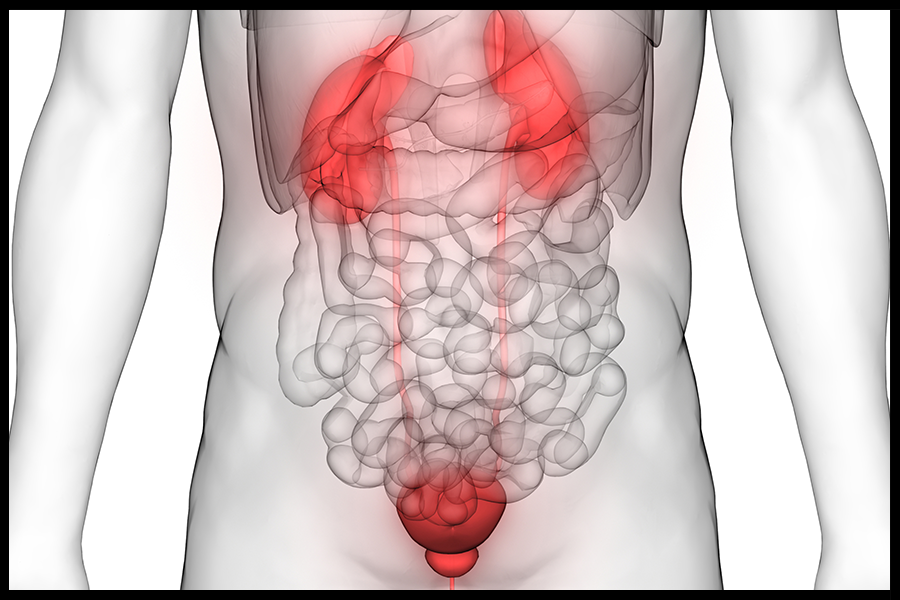By Andy Winnegar | For The New Mexican
While I was sitting through a meeting in Albuquerque 25 years ago, something shifted in back. I couldn’t stand up straight and I could barely walk. I had to crawl out of my chair and hobble to my car for the drive back to Santa Fe.
A few days later, I went to see an orthopedic surgeon. I wasn’t in that much pain, but I had a little numbness in my right foot.
The orthopedist said an MRI showed that a couple of discs in my lower back had collapsed.
Surgery was not recommended, he said, and he thought the disc fragments remaining in my spinal column eventually would be absorbed by my body. He referred me to physical therapy to help overcome the effects of lumbar disc disease.
The PT exercises increased my core stability, but it took a few years before I was able to stand up straight again or sit for long periods of time.
At work, I was approved for my requested accommodations under the Americans with Disabilities Act. I was allowed to stand during meetings when needed and received an adjustable work station, so I could stand or sit when using the computer.
Seven years later, however, I was diagnosed, as having a bladder dysfunction called neurogenic bladder due to the lumbar disc disease. Evidently, the freed fragments from the collapsed discs had caused damage to my spinal nerve root, which had gone unnoticed.
Millions of Americans have a neurogenic bladder, according to the Urology Care Foundation. People with the condition lack bladder control because of a brain, spinal cord or nerve problem.
At age 52, I learned how to use a catheter to fully empty my bladder — something I have done six times a day for almost 20 years.
Read the Full Article at The New Mexican.
You can find more articles about neurogenic bladder and other urological issues on Shield HealthCare:
- Managing My Neurogenic Bladder
- Assistive Technology: Personal Care – Bladder Tools
- Urology Diagnoses
- Keeping Your Bladder Healthy
- 10 Facts About Spinal Cord Injury
Shield HealthCare | Stronger with Shield






